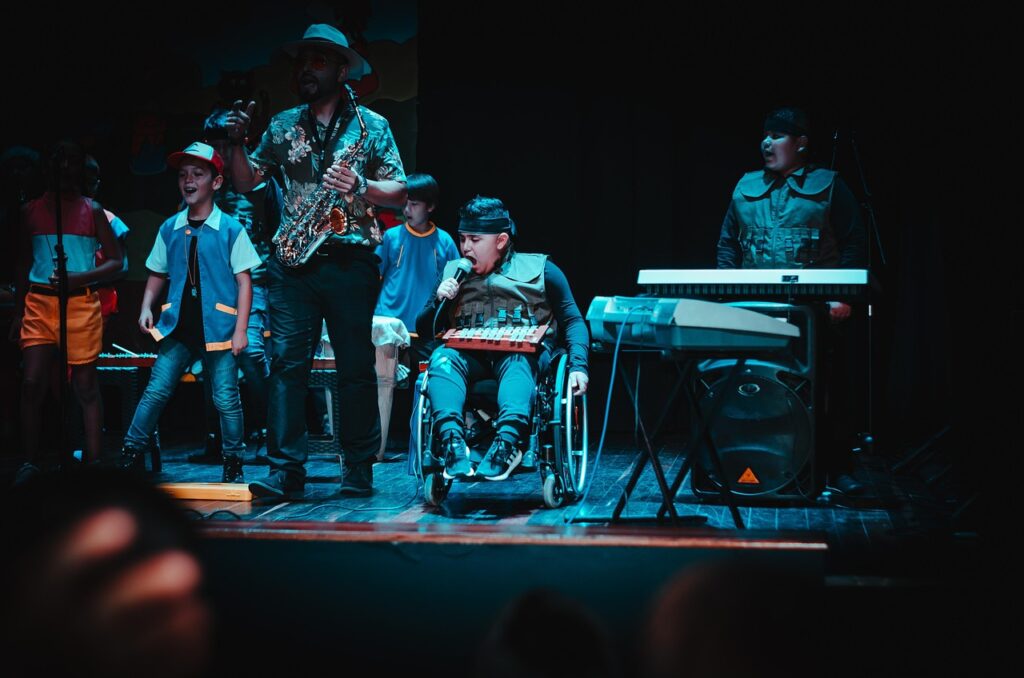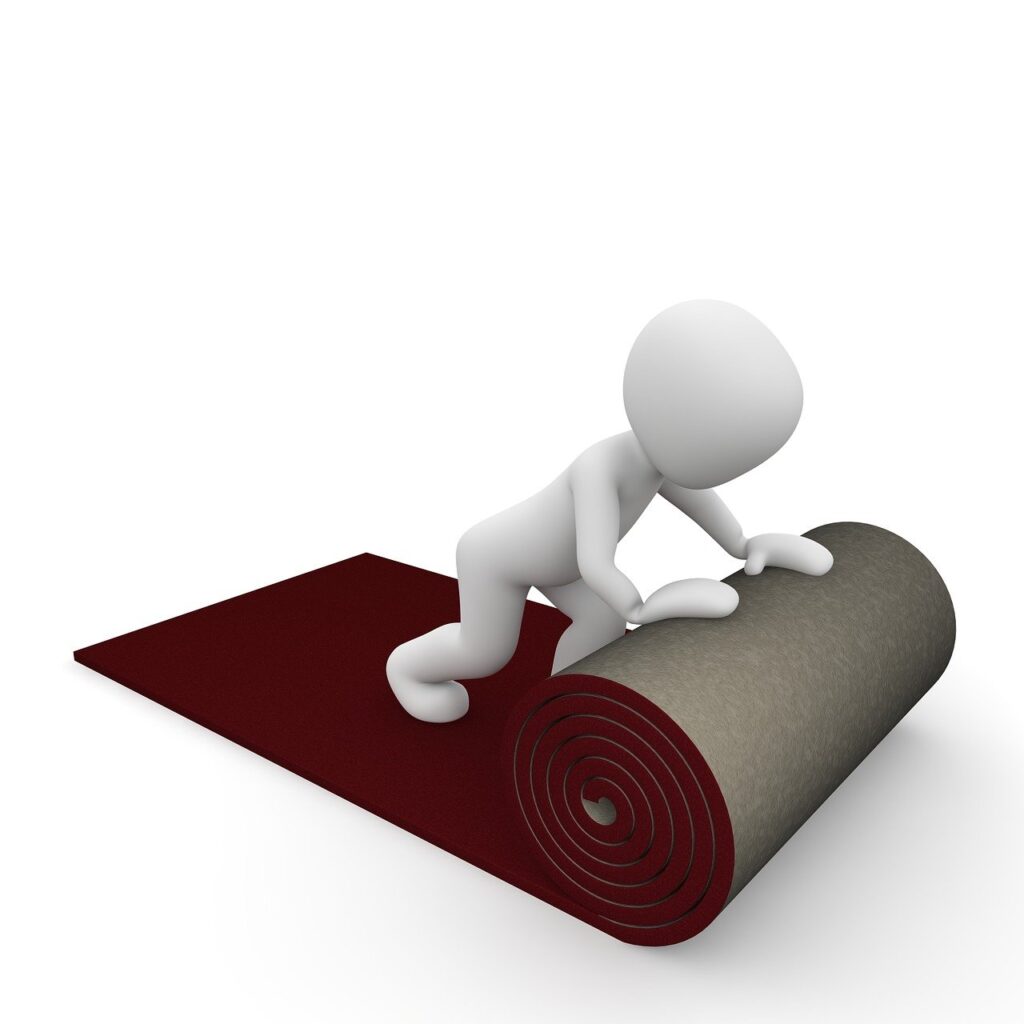
Hey there, fellow culture vultures and nostalgia enthusiasts! Grab a Juicy Couture tracksuit, fire up your old iPod, and prepare to take a wild ride back to the 2000s. It was a decade that truly changed everything, a fascinating blend of Y2K futuristic optimism, post-9/11 introspection, and an undeniable explosion of digital innovation that laid the groundwork for the world we live in today. From groundbreaking tech in our pockets to binge-worthy TV on our screens, the aughts delivered a relentless parade of pop culture moments that imprinted themselves onto our collective consciousness.
Before the endless scroll of TikTok and the constant updates of our smartphones, life moved at a slightly different, yet equally exhilarating, pace. This was the era where gaming consoles became household staples, where animated films truly found their voice, and where the internet started its slow but sure takeover of our daily lives. We witnessed the birth of social media giants and the digital disruption of traditional industries, all while rocking some questionable fashion choices and singing along to absolute bops.
So, get ready to click, scroll, and reminisce with us as we dive deep into 12 truly unforgettable pop culture phenomena from the 2000s. We’re talking about the trends, the tech, the tunes, and the television that made the decade an absolute game-changer. Let’s kick things off by revisiting the epic battles waged in our living rooms!

1. **The Gaming Console Wars: PlayStation 2, Xbox, and GameCube Dominate**The 2000s truly marked a golden age for video game consoles, bringing immersive experiences right into our homes. The sixth and seventh generations of video game consoles were an absolute hit, with titans like the PlayStation 2, Xbox, and the GameCube vying for our attention. It was a thrilling time, offering unprecedented graphics and gameplay that captivated millions.
The PlayStation 2, in particular, was a powerhouse, home to beloved sleeper hits like “Katamari Damacy” and “Shadow of the Colossus,” which pushed the boundaries of artistry in gaming. But it wasn’t just the niche titles; more popular blockbusters such as “Grand Theft Auto: San Andreas” and “Tony Hawk’s Pro Skater 3” found homes on both the PlayStation 2 and Xbox, becoming cultural touchstones for a generation of players.
Portable gaming also reached new heights, making long car rides and school breaks infinitely more exciting. Nintendo’s Nintendo DS and the trusty Game Boy Advance were the best-selling portable systems of the decade. These handhelds delivered endless hours of fun with games like “Pokémon Diamond and Pearl,” “Super Mario 64 DS,” “Brain Age: Train Your Brain in Minutes a Day!,” “Nintendogs,” “New Super Mario Bros.,” and “Grand Theft Auto: Chinatown Wars.” Seriously, who didn’t have a DS?
As the decade progressed, the Wii burst onto the scene in the late 2000s, bringing motion-controlled gaming to the masses. “Wii Sports” wasn’t just a game; it was a phenomenon, becoming the best-selling game of the entire decade. Other smash hits for the console included “Wii Sports Resort,” “Super Mario Galaxy,” “The Legend of Zelda: Twilight Princess,” “Super Smash Bros. Brawl,” “New Super Mario Bros. Wii,” “Mario Kart Wii,” “Wii Play,” and “Wii Fit.” It changed the way families played together, proving that gaming was for everyone.
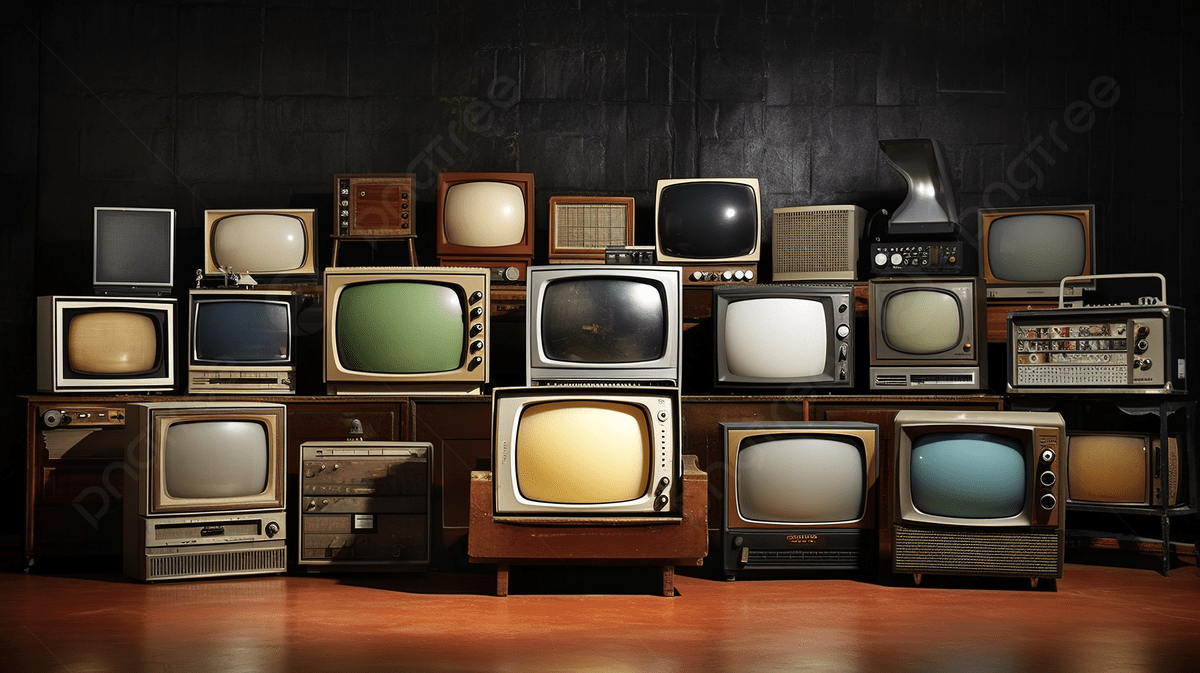
2. **Television’s Golden Age: From “Friends” Finales to HBO Dramas**The small screen truly had a momentous decade, offering a diverse array of shows that kept us glued to our televisions. A monumental cultural event was the final episode of “Friends,” which aired in 2004 to a staggering 52 million-plus viewers in the United States. It was the end of an era, but the character of Joey lived on in his own spin-off until 2006, proving the enduring love for Central Perk’s most charming actor.
HBO led the charge in prestige television, pushing boundaries with critically acclaimed series like “The Sopranos” and “Curb Your Enthusiasm,” which were so popular they even crossed over. These shows introduced a new level of storytelling and character development that influenced the entire television landscape, making premium cable a must-have for serious viewers.
Beyond HBO, the 2000s gifted us a rich tapestry of TV shows spanning various genres. We laughed with “The Office,” cried with “Grey’s Anatomy,” debated with “The Wire,” and got utterly hooked on “Breaking Bad” (though it truly hit its stride in the next decade). Other beloved shows included “Gilmore Girls,” “Sex and the City,” “CSI: Crime Scene Investigation,” “Scrubs,” “Two and a Half Men,” “Six Feet Under,” and “Arrested Development.” It was a truly fertile ground for creativity.
Comedy, in particular, saw some legendary moments. Comedian Dave Chappelle rose to immense fame during the mid-2000s with his satirical sketch show, “Chappelle’s Show” (2003–2006), which became an instant classic. Other popular comedy shows that kept us in stitches during the mid-2000s included “The Bernie Mac Show” and “Everybody Hates Chris.” The decade also saw a rise in satirical news programs like “The Daily Show” and “Saturday Night Live” as sources for presidential campaign news, especially for younger audiences, highlighting a fascinating shift in how people consumed political information.
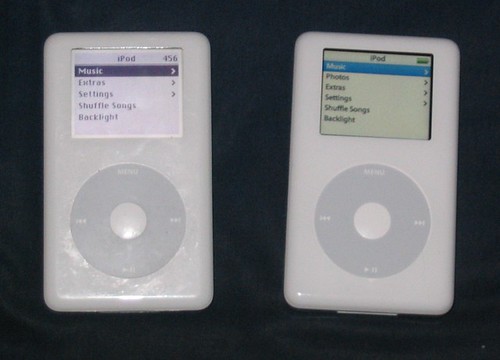
3. **The iPod Revolution and the Digital Music Landscape**Remember a time before streaming, when carrying your entire music library in your pocket felt like pure magic? The 2000s delivered exactly that with the phenomenal rise of the iPod. These sleek digital music players, with their iconic click wheels and impressive song storage capabilities, first iteration releasing in 2001, became an overnight hit and utterly transformed how we listened to music.
The Internet, of course, was the real game-changer, giving consumers unprecedented access to music. This digital frontier also empowered countless artists to distribute their music relatively inexpensively and independently, bypassing the traditional gatekeepers of record labels. It was a democratizing force, allowing diverse voices to reach wider audiences than ever before.
However, this newfound accessibility came with a significant challenge for the music industry. Following the year 2000, music sales began to decline, a trend generally attributed to the widespread prevalence of unlicensed uploading and downloading of sound files to the Internet. It was a seismic shift, forcing the industry to adapt to a completely new paradigm.
In response to this disruption and the loss of music sales, record labels developed new business relationships known as “360 deals.” These arrangements saw companies providing comprehensive support for an artist, and in return, the artist would pay the company a percentage of revenue not just from recorded music sales, but also from live performances and publishing. It was an innovative, if controversial, strategy to navigate the evolving digital music landscape.
Read more about: Remember the ’90s? These 11 Chart-Topping Moments and Vibe-Defining Hits Shaped the Decade’s Pop Landscape.
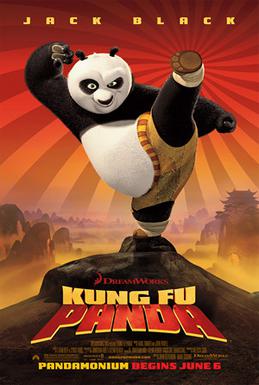
4. **The Dawn of Computer-Animated Blockbusters**Prepare for a blast of vibrant color and unforgettable characters, because the 2000s truly marked a glorious era for computer-animated films. With incredible advancements and the rapid rise of computer technologies, this decade witnessed a surge in imaginative and visually stunning productions that captivated audiences of all ages, essentially taking over the declining traditionally animated movie industry.
DreamWorks Animation, for instance, delivered a parade of beloved hits that are still cherished today. We’re talking about laugh-out-loud classics like “Shrek,” “Monsters, Inc.,” “Finding Nemo,” “Madagascar,” “Ratatouille,” “Kung Fu Panda,” and “Bolt.” These films were not just entertaining; they were technological marvels, pushing the boundaries of what was possible in animation and setting new standards for storytelling.
But DreamWorks wasn’t alone in this animated revolution. Disney Pixar also proved itself to be a formidable and successful, yet rivaling, studio throughout the 2000s. Pixar enjoyed critical and commercial successes with their features “Monsters, Inc.,” “Finding Nemo,” “The Incredibles,” “Cars,” “Ratatouille,” “WALL-E,” and “Up.” These films consistently delighted audiences with their innovative stories, emotional depth, and stunning animation, solidifying Pixar’s reputation as a creative powerhouse.
Notably, “Shrek” even won the very first Academy Award for Best Animated Feature in 2002, a landmark achievement that underscored the genre’s growing prominence and artistic recognition. While Disney Animation saw several of its traditional 2D animated films underperforming, with exceptions like “The Emperor’s New Groove,” “Lilo & Stitch,” and “The Princess and the Frog,” the studio eventually began to pivot towards computer-animated films, recognizing the future of the industry. Other successful animated films of the decade included “Ice Age” and its first two sequels, “The SpongeBob SquarePants Movie,” “The Polar Express,” “Happy Feet,” “The Simpsons Movie,” and “Cloudy with a Chance of Meatballs,” further cementing computer animation’s dominance.
Read more about: Beyond Ebert’s Top 5: A Deep Dive into 13 Legendary Films That Shaped Cinema History
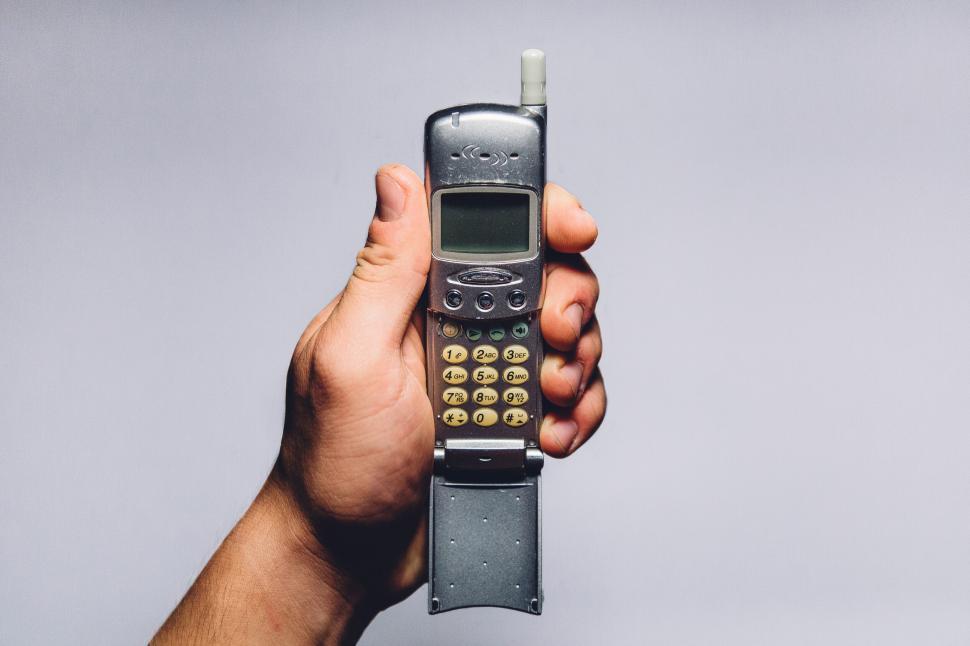
5. **The Reign of Flip Phones and Early Mobile Tech**Before the sleek, rectangular slabs of glass we carry today, there was a charming era dominated by flip phones and keyboard phones. Remember the satisfying snap of closing your Motorola Razr V3i? These devices, along with BlackBerry and other Motorola phones, were absolutely commonplace throughout the 2000s, defining mobile communication for a whole generation.
But among these beloved devices, one truly stood out as a titan: the Nokia 1100. Launched in late 2003, this unassuming mobile phone sold over 250 million units up through 2009, making it not just the world’s best-selling mobile phone, but also the best-selling consumer electronics device in the world at the time. Its sheer ubiquity speaks volumes about its impact and reliability.
For many, these phones weren’t just about calls and texts; they were fashion statements, personalized with ringtones and charms. The physical keyboards on BlackBerrys were the ultimate status symbol for productivity, allowing for quick email responses and messaging on the go, long before touchscreens became the norm. It was a distinct technological landscape, shaped by tactile buttons and innovative designs.
However, as the decade drew to a close, a new challenger emerged. By the very late 2000s and predominantly into the 2010s, the bar-shaped, full-touchscreen smartphones began to replace flip-phones and keyboard phones, signaling the end of an iconic era. Yet, for much of the aughts, the simple elegance of a flip phone and the sturdy dependability of a Nokia were what connected us to the world. Let’s not forget, home telephones like landlines and cordless phones were also still very much a part of daily life!
Read more about: The ’90s Vibe Check: 14 Defining Moments That Shaped the Era of Your Unforgettable College Dorm Posters

6. **The Internet’s Ascendance: Wikipedia, MySpace, and Facebook Forge New Connections**If the 2000s had one overarching technological theme, it was undoubtedly the meteoric rise of the internet as a central force in daily life. This decade witnessed the launch of foundational websites and applications that would forever change how we access information, connect with others, and consume media, essentially laying the groundwork for the digital age we inhabit today.
One of the most profound launches was Wikipedia in early 2001. It quickly became the largest and most popular online encyclopedia, evolving into one of the most viewed sites on the web. This free, collaborative resource embodied the ‘wisdom of the crowd’ concept, showcasing the power of collective human opinion and readily accessible information. It’s hard to imagine research or casual fact-checking without it now!
Social networking was another massive development. MySpace, launched in 2003, became one of the most popular social media sites in the 2000s, a bustling hub where friends shared music, photos, and personal updates. It was a digital playground, enabling a generation to express themselves online and connect with like-minded individuals, especially those with an affinity for customized profiles and discovering new bands.
However, MySpace’s dominance was challenged by a newcomer. Facebook, launched in 2004, initially started as a platform mostly used by college students. By 2008, it had surpassed MySpace as the most used social network, and by the end of the decade, it would be ranked 7th in web popularity with over 350 million active users worldwide. Twitter, founded in 2006, also quickly rose to prominence, becoming the third-highest-ranking social networking site by 2009, offering a new way to share short, instant updates. Even WhatsApp, founded in 2009, began its journey to global success in this era.
Beyond social media, the 2000s saw the birth of many other digital staples: iTunes (2001) revolutionized music purchasing, YouTube (2005) quickly became the main site for video sharing, and Mozilla Firefox (2004) offered an alternative browser. The decade also marked the rise of the podcast, a term first used in 2004, with one in four Americans having downloaded a podcast by 2009. From Google Earth and Maps to Reddit and Spotify, the internet truly came into its own, shaping how we navigated, entertained, and informed ourselves.
Ready for more? Because the 2000s weren’t just about groundbreaking tech and must-watch TV; they also served up an incredible buffet of music, fashion, and culture that continued to evolve and make history. From epic concert events to the outfits that defined an era and the political statements that shook the airwaves, this decade never stopped giving. So, let’s pick up where we left off and dive into the other half of what made the aughts so absolutely unforgettable!
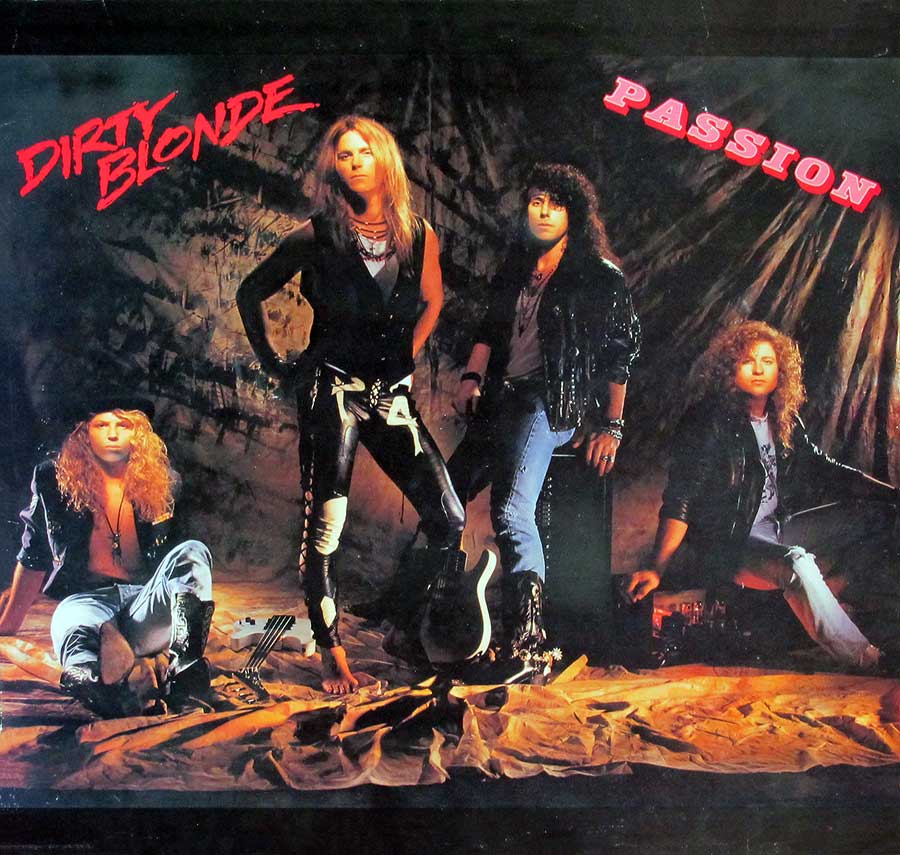
7. **The Dynamic Soundscape: Hip Hop’s Peak and Genre Fusion**Get ready to crank up the volume, because the 2000s delivered a truly epic soundtrack! This was the decade where hip hop didn’t just break into the mainstream, it absolutely *dominated* the musical landscape, influencing everything from fashion to slang. American rapper Eminem was the best-selling musical artist of the decade, moving an incredible 32 million albums. But he wasn’t alone; artists like Jay-Z, Kanye West, Missy Elliot, OutKast, and 50 Cent kept our speakers thumping, showcasing a diverse range of styles including gangsta rap and crunk. R&B also soared to prominence with incredible talents like D’Angelo, Usher, Beyoncé, and Alicia Keys gracing the charts, ensuring a rich blend of sounds.
If you were into rock, the garage rock and post-punk revivals brought us bands like The Strokes, Interpol, and The Killers, while indie rock saw a proliferation of commercial successes from Modest Mouse to Arcade Fire. Heavier genres like post-grunge, nu metal, and metalcore also found a massive audience, with bands such as Linkin Park, System of a Down, and Evanescence making their mark. And who could forget the pop-punk and emo-pop explosion, giving us beloved bands such as Blink-182, My Chemical Romance, Fall Out Boy, and Panic! at the Disco, who perfectly captured the angst and energy of a generation?
Beyond these powerhouses, dance floors were buzzing with disco-inspired genres, as French house and funky house songs found their way onto the charts with hits like Daft Punk’s “One More Time” and Kylie Minogue’s “Spinning Around.” Latin music was also making waves, with Shakira’s “Fijación Oral, Vol. 1” becoming the best-selling Spanish album of the decade, reaching 11x platinum to date! It’s no wonder Billboard named Eminem “artist of the decade” and Beyoncé “female artist of the decade,” with Nickelback taking home “band of the decade” honors. Meanwhile, in the UK, Robbie Williams was the biggest selling artist and Westlife the biggest selling band, proving music was truly a global language.
The decade also witnessed the fascinating rise of auto-tune, first popularized by Eiffel 65’s “Blue (Da Ba Dee)” in 2000 and critically explored in albums from Daft Punk and Radiohead. By 2008, it was firmly mainstream, with artists like Lil Wayne, T-Pain, and Kanye West making it a signature sound in their hit albums. Towards the end of the aughts, electronic dance music (EDM) began its ascent, leading to a shift in mainstream charts and a diminishing presence for rock and, interestingly, even hip hop. We also saw the birth of grime, a new music style out of East London pioneered by artists like Dizzee Rascal, and the dramatic rise of new pop stars like Rihanna, Taylor Swift, Justin Bieber, Katy Perry, Nicki Minaj, and Lady Gaga, who were just beginning their meteoric careers. This revolutionary era fundamentally altered how we consumed music, leading to business relationships like “360 deals” as digital sales continued to grow against traditional CDs.

8. **Fashion Forward (and Backward): From Y2K to Skinny Jeans**Alright, fashionistas, let’s talk threads! The 2000s were a wild sartorial ride, drawing heavily from the 1960s, 1970s, and 1980s. The decade kicked off with the futuristic Y2K aesthetic, a vibe built on the millennium hype, featuring shiny metallic clothing, digital cameras, and the iconic iPod Classic. However, this dark, slinky style took a backseat after 9/11, as casual fashions made a significant comeback, reflecting a shift in cultural mood. Hairstyles were just as varied, with bleached and spiked hair for men, long and straight locks for women, and chunky highlights, made fashionable by Kelly Clarkson, remaining popular until about 2007.
For women, low-rise jeans and crop-tops were absolutely everywhere in the early to mid-2000s, with pop stars like Britney Spears serving as prime examples of the trend. Baggy cargo pants were a universal favorite for both es, holding strong through the mid-aughts until around late 2007. Bell-bottoms were the dominant pant style for women until fitted pants started their ascent around 2006. For men, the baggy pants of the late 90s persisted, but by 2003, boot-cut pants and jeans became the standard until roughly 2008.
The 2000s also saw a fun revival of 1980s fashion trends, including velour tracksuits in the early years and tapered pants towards the end of the decade. Skinny jeans, heavily influenced by movements like Jerkin’, became a staple for young women and men, prompting major brands like Gap and Levi to launch their own lines. Footwear-wise, Skechers shoes were a massive hit for adults and children, leveraging celebrity endorsements from stars like Britney Spears and Christina Aguilera. However, by the late 2000s, flatter, more compact shoes began to replace the chunky sneakers that had reigned supreme earlier in the decade.
Then there was “geek chic,” a minor but memorable trend in the mid-2000s where individuals embraced stereotypically “geeky” fashions like oversized horn-rimmed glasses (often with non-prescription lenses), suspenders, and high-water trousers, with celebrities like David Beckham even trying the look. Emo fashion, characterized by black/dark skinny jeans, band T-shirts, and long, side-swept bangs, also became popular among teenagers, heavily tied to the success of bands like My Chemical Romance. This style heavily influenced the Scene subculture that emerged later in the decade. Meanwhile, hip hop fashion evolved from oversized clothing, jewelry, and sports jerseys (Rocawear, Fubu) to more fitted and vibrantly colored apparel, particularly for men with the rise of skinny jeans, influenced by the Hyphy and Jerkin’ movements. And for those looking for a quick refresh, Botox injections became the most common cosmetic operation, with millions of procedures in the United States by 2007.
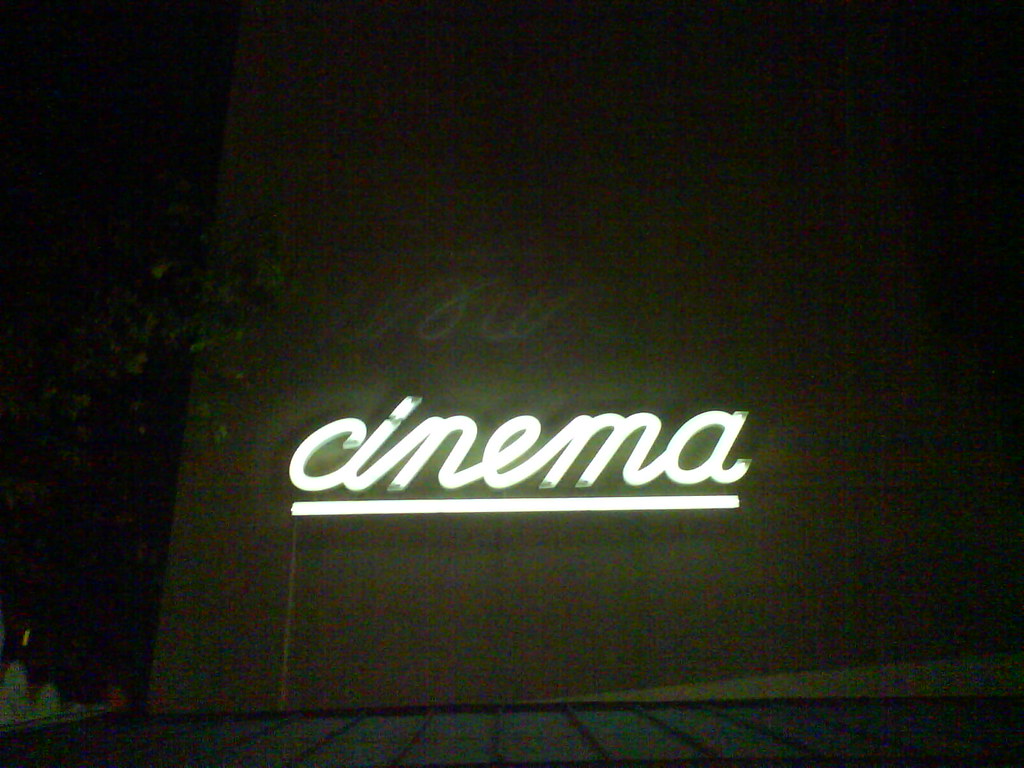
9. **Cinema’s Evolution: CGI, Documentaries, and Superheroes**Lights, camera, action! The 2000s truly transformed the silver screen, pushing the boundaries of what was possible in filmmaking. Computer-generated imagery (CGI) became more widespread, giving directors unprecedented tools to create fantastical worlds and breathtaking sequences. This era also saw a surge in the popularity of documentary and mockumentary films, with critically acclaimed and commercially successful titles like *March of the Penguins*, *Borat*, *Super Size Me*, and Michael Moore’s *Fahrenheit 9/11*, which remains the highest-grossing documentary of all time. We also witnessed the beginnings of the conversion to digital cinema and the rise of online films, forever changing how we experienced movies.
The visual revolution continued with the increasing success of 3D films throughout the decade, culminating in the unprecedented triumph of 3D presentations of James Cameron’s *Avatar* in 2009. This American science fiction epic made extensive use of cutting-edge motion capture techniques, dazzling audiences worldwide. However, not everyone was on board; renowned film critic Roger Ebert, described by Forbes as “the most powerful pundit in America,” remained skeptical of the resurgence of 3D effects, finding them unrealistic and distracting. Similarly, American horror author Stephen King famously criticized what he saw as a growing trend of leniency among critics, citing *Spider-Man 2* as an example of films receiving undeserved four-star ratings.
Fantasy films were another massive draw, with Warner Bros.’ *Harry Potter* and *The Lord of the Rings* series dominating the box office as the highest-grossing fantasy film series of the decade. *The Lord of the Rings: The Return of the King* achieved cinematic immortality, winning all eleven Academy Awards for which it was nominated, tying for the largest number of awards won in Oscar history. Even controversial films like Mel Gibson’s *The Passion of the Christ* (2004) became major commercial hits, grossing over $600 million worldwide despite mixed reviews.
Perhaps one of the most exciting developments was the renewed and intense interest in the superhero film genre. With high ticket and DVD sales, several new superhero films were released every year, including blockbusters like *X-Men*, *Spider-Man* and its sequel, *Batman Begins* and its sequel *The Dark Knight*, and *Iron Man*, which famously kicked off the Marvel Cinematic Universe. Some media commentators linked the genre’s increased popularity to the social and political climate following the September 11th attacks, seeing superheroes as symbols of hope, while others argued that advances in special effects technology played a more significant role in bringing these comic book legends to life with unprecedented realism.
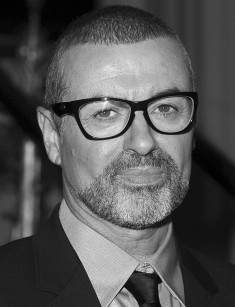
10. **The Soundtrack of Dissent: Music’s Political Edge**Music isn’t just about catchy tunes; it’s often a powerful voice for social and political commentary, and the 2000s saw artists using their platforms to challenge the status quo, especially in the shadow of the Iraq War. In July 2002, English musician George Michael sparked controversy with his song “Shoot the Dog,” which openly criticized George W. Bush and Tony Blair in the lead-up to the 2003 invasion of Iraq. The animated music video featured cartoon versions of Michael astride a nuclear missile and Tony and Cherie Blair in bed with President Bush, making an unmistakable political statement that resonated loudly.
The Dixie Chicks, an American country music band, also found themselves at the center of a firestorm in March 2003. During a London concert, just ten days before the Iraq invasion, lead vocalist Natalie Maines stated, “we don’t want this war, this violence, and we’re ashamed that the President of the United States [George W. Bush] is from Texas.” While this statement was met with a positive reaction from the British audience, it ignited massive boycotts and fierce hostility from talk-show conservatives back in the U.S., leading to their albums being publicly discarded in protest. It was a stark reminder of the cultural divides of the time.
Pop icon Madonna, too, faced the political heat. The original music video for the title song from her 2003 album *American Life* was banned as music television stations deemed its graphic violence and war imagery unpatriotic, given America’s involvement in Iraq. Despite this, Madonna made a widely considered “comeback” with her tenth studio album, *Confessions on a Dance Floor*, which topped charts in a record 40 countries worldwide. She also made history with her Sticky & Sweet Tour (2008–2009), becoming the highest-grossing tour by a female artist and the tenth highest-grossing tour by any artist during that period.
And who could forget the incredible grassroots campaign in December 2009 that saw Rage Against the Machine’s 1992 track “Killing in the Name” clinch the UK Christmas Number One spot? Launched by Jon and Tracy Morter on Facebook, this campaign generated immense publicity, successfully breaking a four-year streak of *The X Factor* winners dominating the charts. Upon hearing the news, Rage’s Zack de la Rocha spoke to BBC One, thanking everyone who participated in the “incredible, organic, grass-roots campaign,” stating that it spoke volumes about “the spontaneous action taken by young people throughout the UK to topple this very sterile pop monopoly.” It was a powerful demonstration of collective action and artistic defiance.
Wow, what a ride! From the digital explosion of the internet and gaming to the fashion statements that defined a generation, and the musical movements that still echo today, the 2000s were a powerhouse of pop culture. This decade wasn’t just a bridge between two centuries; it was a launchpad, propelling us into a future that continues to be shaped by its innovations, its sounds, and its unforgettable moments. So, next time you hear a classic 2000s bop or see a Y2K-inspired outfit, take a moment to appreciate the sheer, unadulterated coolness of a decade that truly changed everything!

